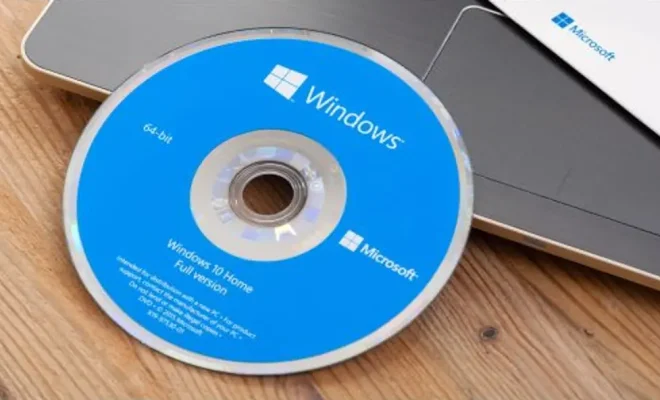What is Read-Only Memory (ROM)?

Read-only memory (ROM) is a type of computer memory that is used to permanently store data that cannot be modified or changed. The contents of ROM are set during manufacturing and cannot be altered by the user. ROM is an essential component of all computers, phones, and other electronic devices and is used to store critical system information that is necessary for the proper functioning of the device.
Types of ROM:
There are many different types of ROM, but the most common types include:
- PROM (Programmable Read-Only Memory): A type of ROM that is programmed by the user after assembly. Once programmed, the contents of PROM cannot be modified.
- EPROM (Erasable Programmable Read-Only Memory): A type of ROM that can be erased and reprogrammed using special hardware. This process can be repeated multiple times, making it an ideal choice for development.
- EEPROM (Electrically Erasable Programmable Read-Only Memory): A type of ROM that can be erased and reprogrammed electronically, without requiring special hardware. This makes EEPROM useful for implementing firmware updates and other system modifications.
- Flash Memory: A type of ROM that can be electrically erased and reprogrammed, like EEPROM. Flash memory is commonly used in digital cameras, USB drives, and other portable devices.
Why is ROM important?
ROM plays a critical role in the functioning of all electronic devices. It stores the firmware and bootloader, which are essential for the device to start up and function properly. ROM also stores the BIOS (Basic Input/Output System) which is responsible for initializing and configuring hardware on the computer. ROM is also used to store the operating system, device drivers, and other essential software components.
How does it work?
ROM is a non-volatile memory type, which means it retains its contents even when power is removed. When power is applied to the device, the CPU reads the contents of the ROM and loads the firmware, bootloader, and other essential components. Since ROM is read-only, the CPU cannot modify its contents, ensuring the integrity of the stored data.
Some applications of ROM:
ROM is used in a wide range of electronic devices, including computers, mobile phones, tablets, gaming consoles, and many others. Some common uses of ROM include storing firmware, bootloader, BIOS, and operating systems, device drivers, and other critical software components. ROM is also used in embedded systems, medical devices, and other specialized applications.






